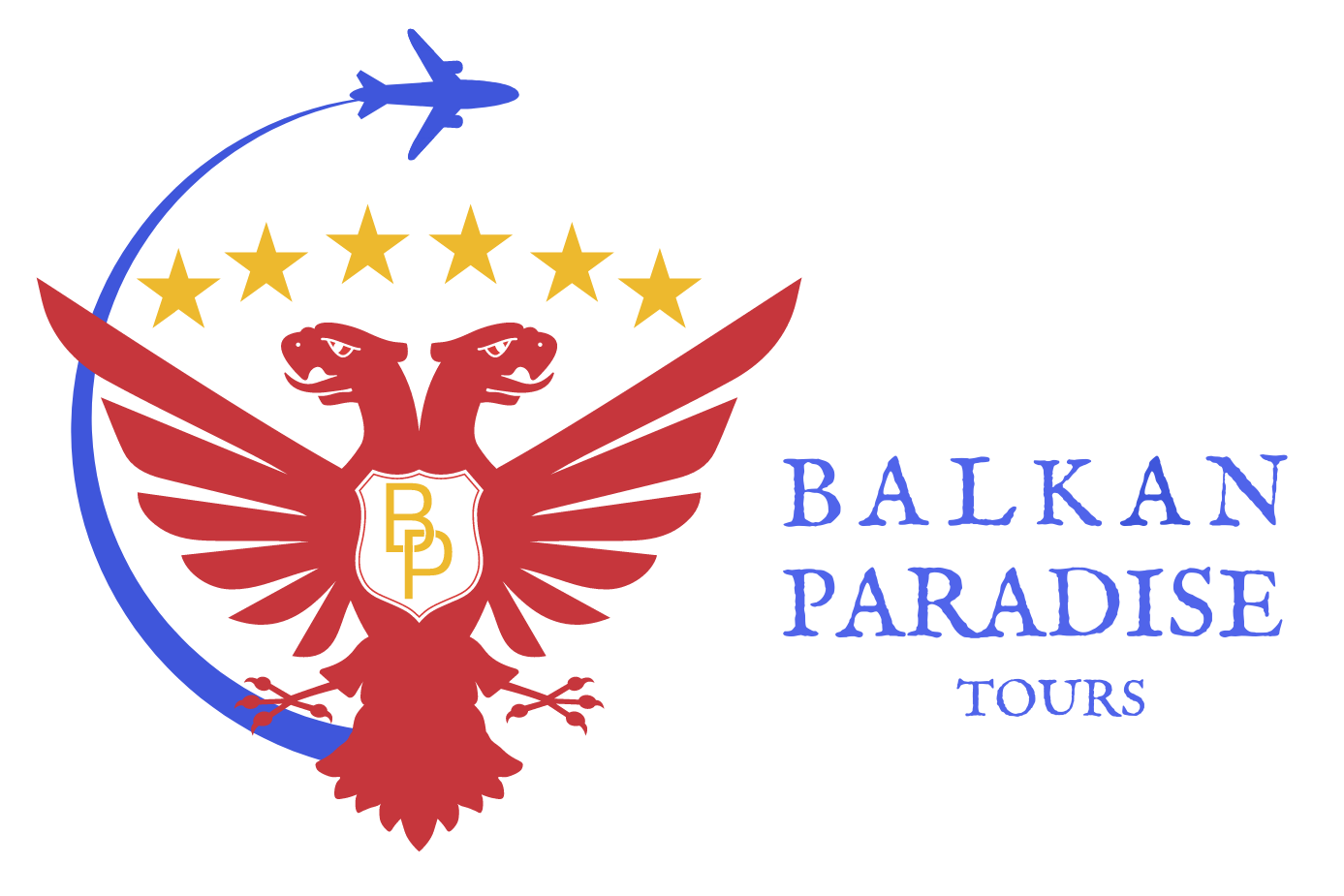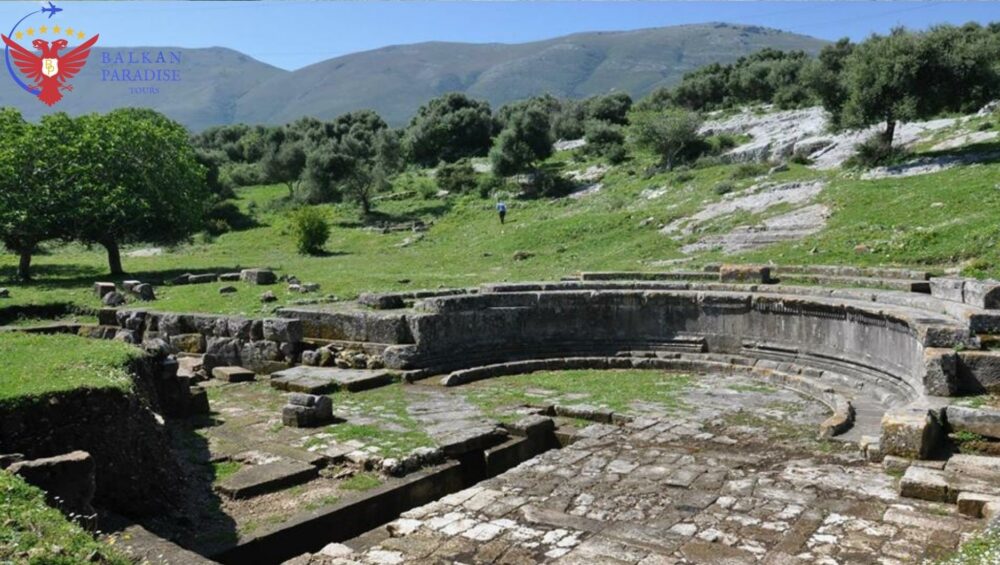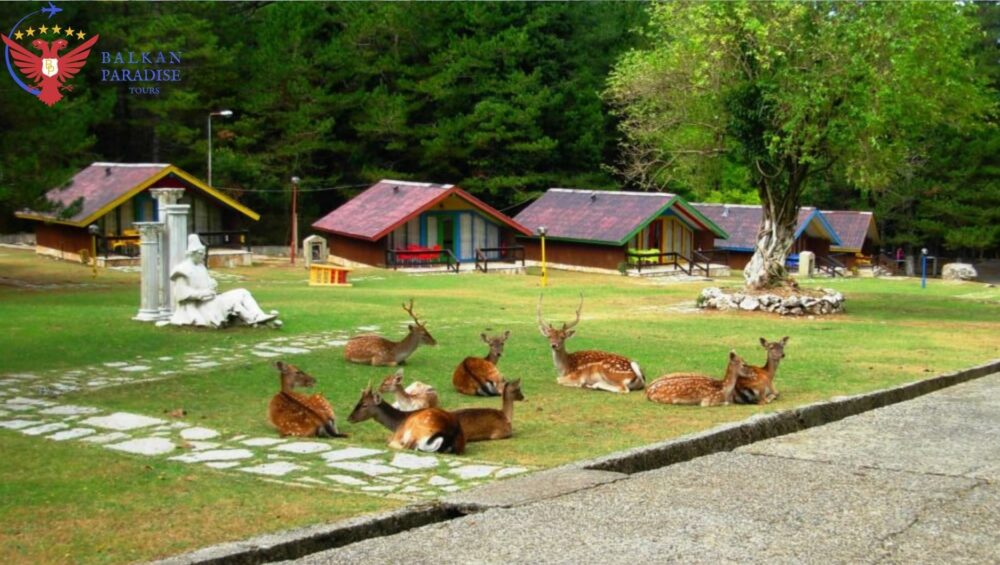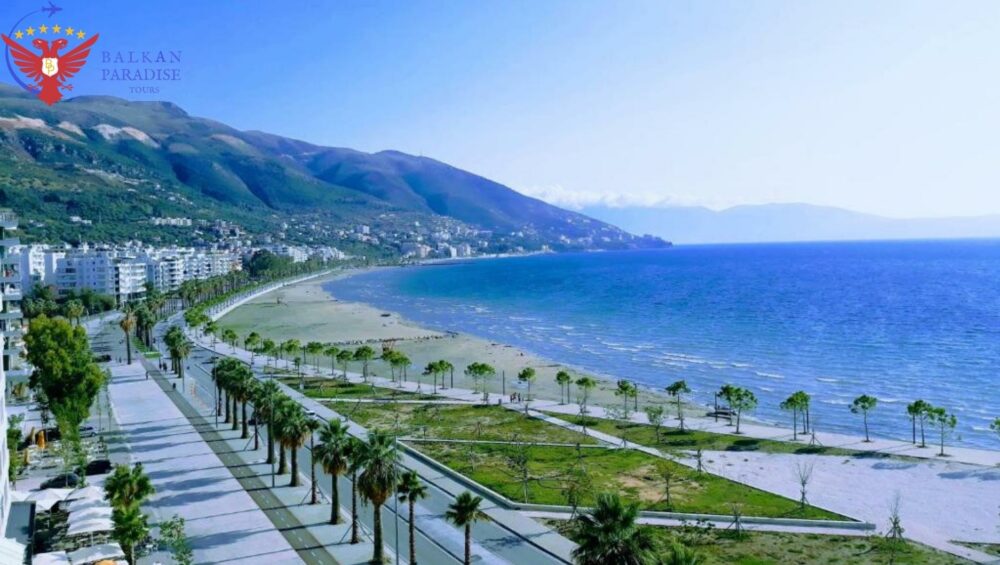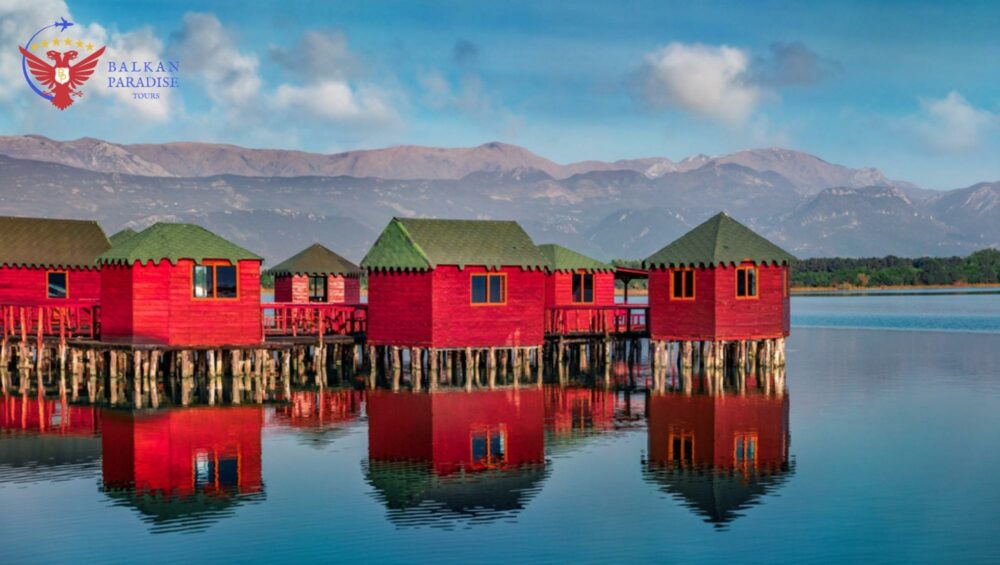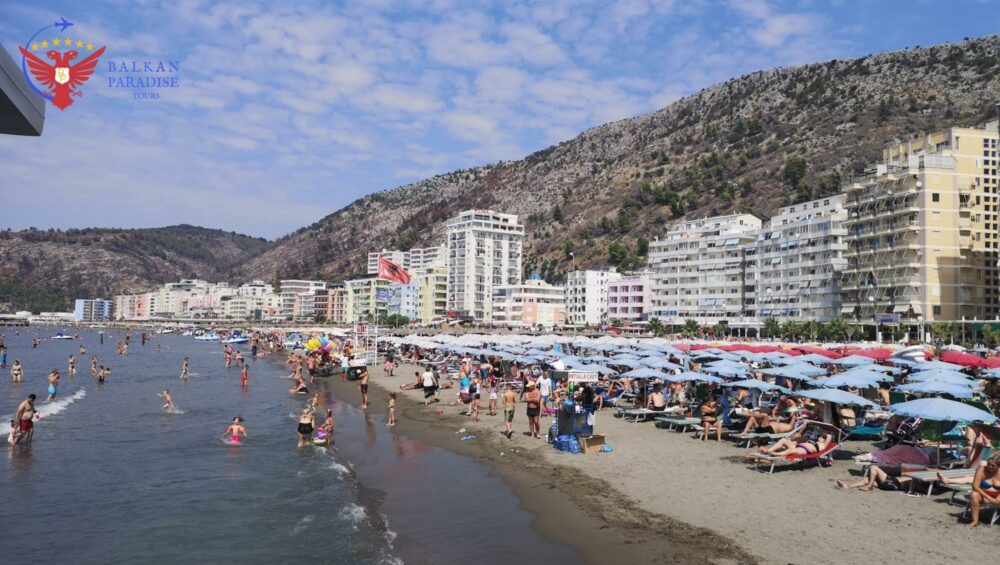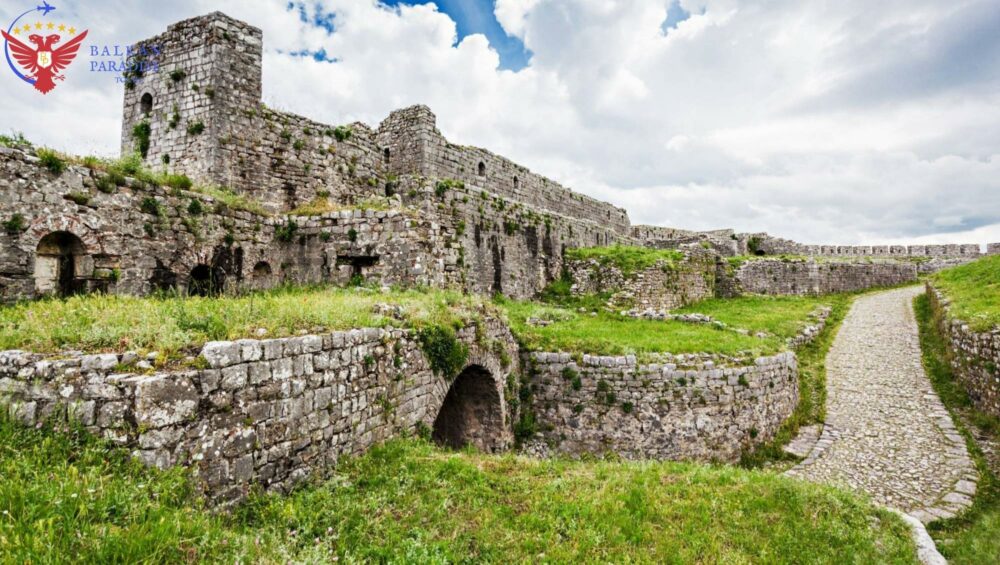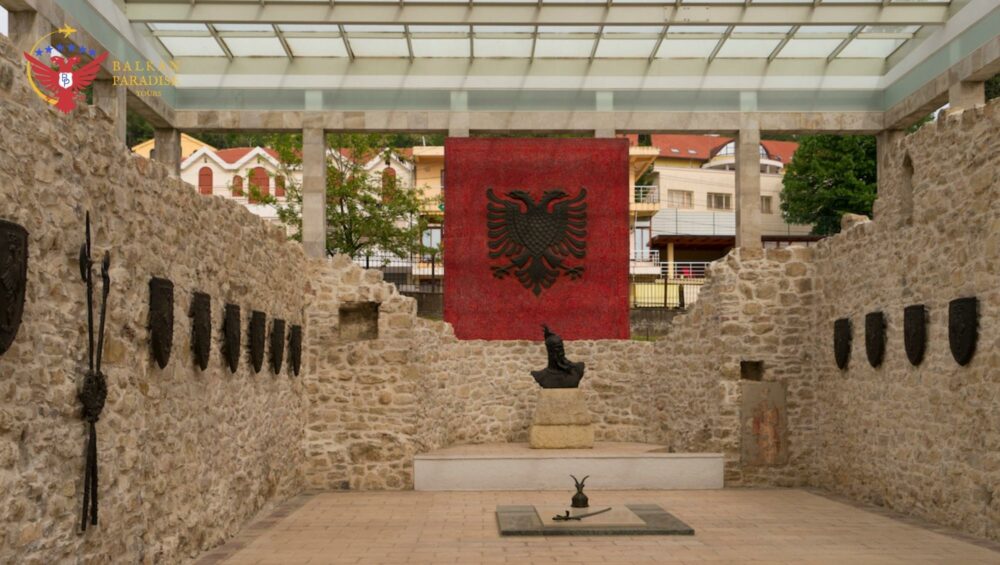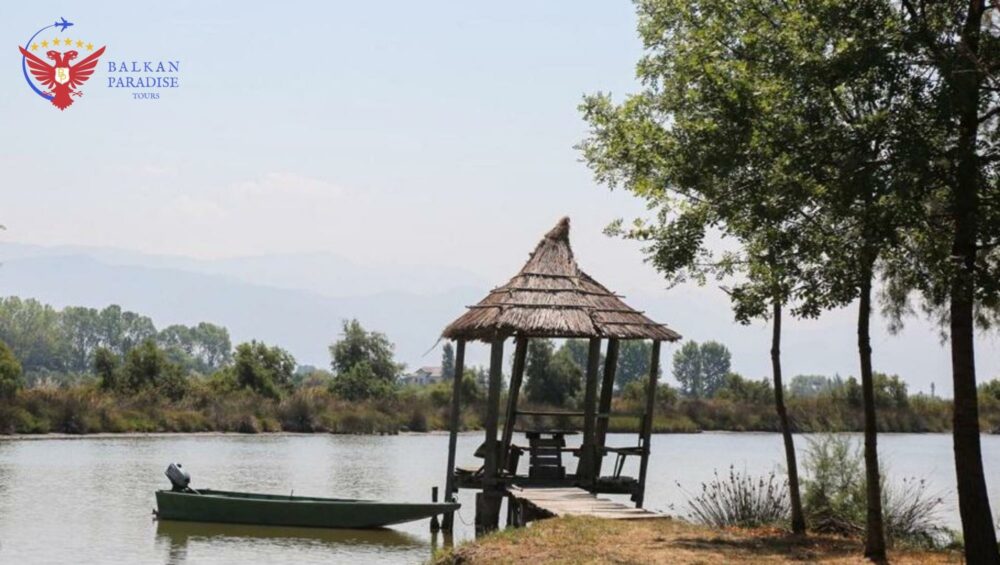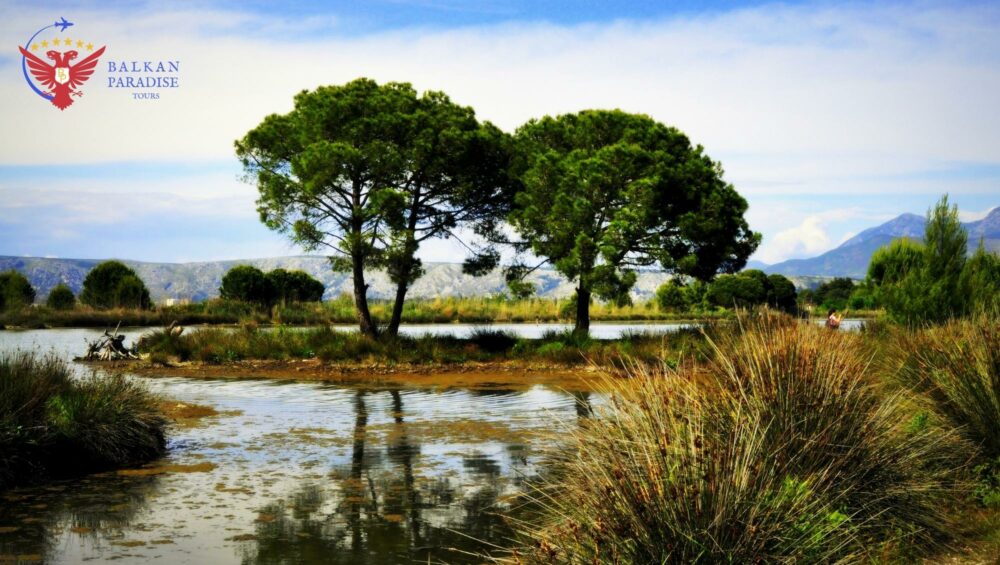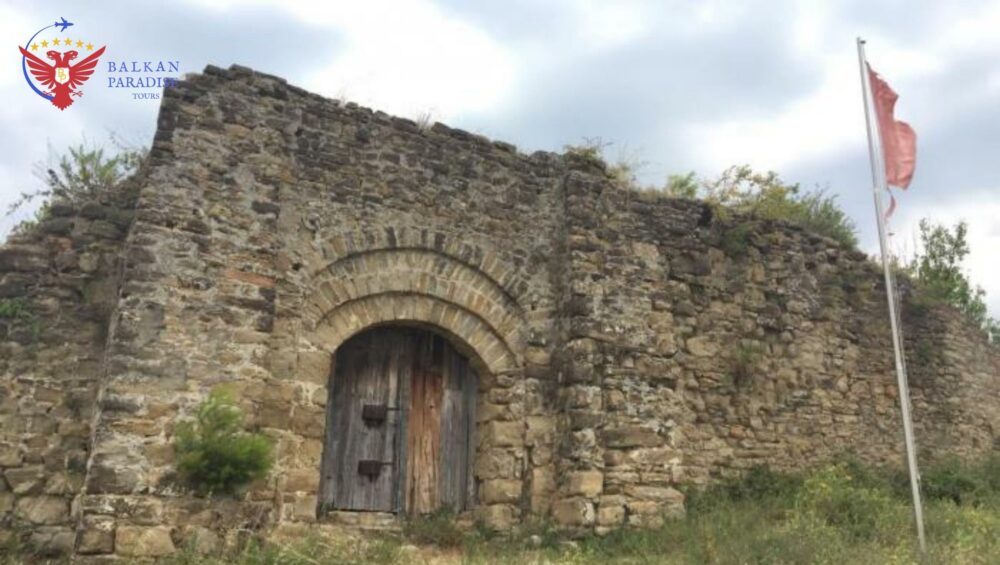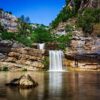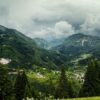Ancient City of Orik
The city lies along Vlora’s southwestern coast, very near the Karaburun peninsula. Archaeological remnants reveal the province as one of the most important among the highly developed southern settlements! It was actually in ancient Orik that Ceasar prepared his attacks against those who did not obey the southern Italian cities. Unfortunately, during the communist period in Albania, archeological excavations in Orikum were limited. At the time, the area functioned solely as a military base. Indeed, the establishment of the Archaeological Park of Orikum, within the military base of Pashaliman, happened only a few years ago. The park is open every day of the week, from 9 am to 6 pm. Among many other ruins, the park includes especially beautiful traces of an ancient Roman-style theater.
You can enjoy the crystal water in the famous orikum beach.
